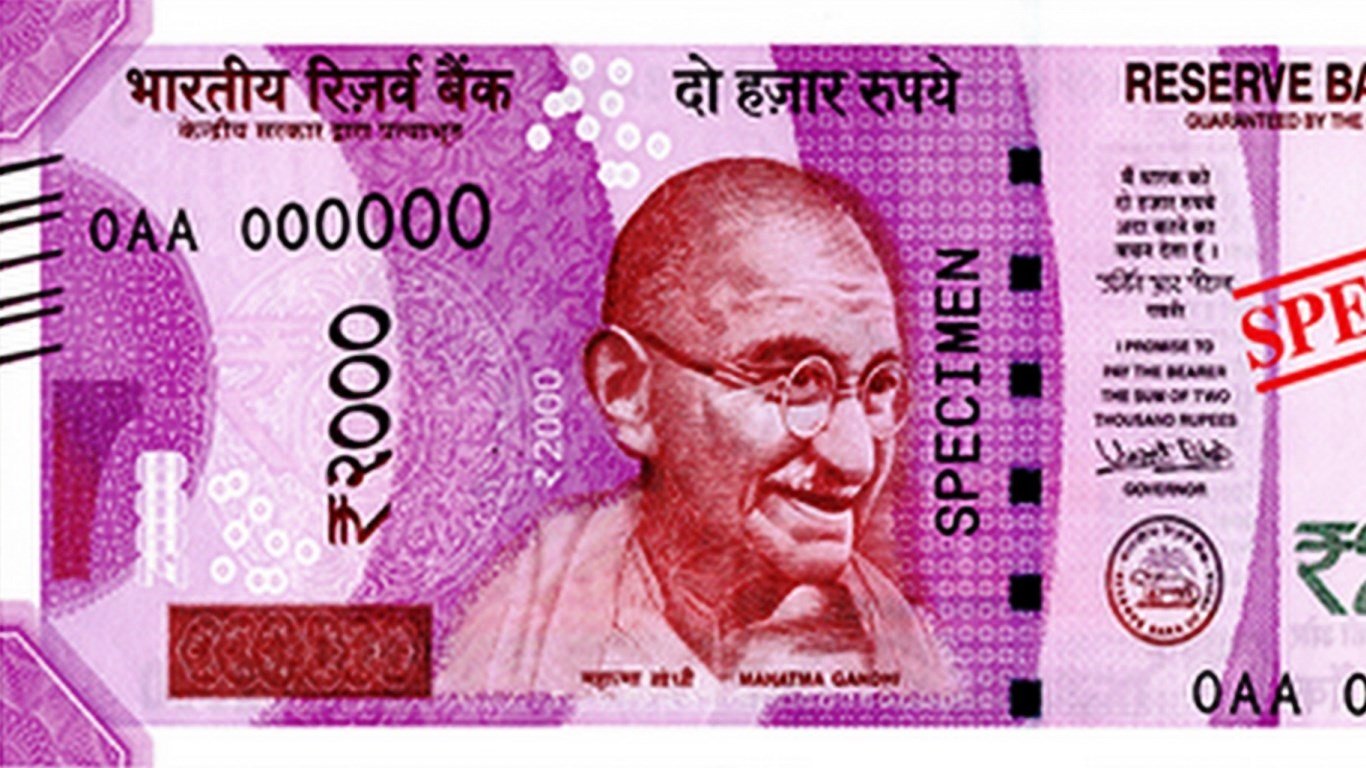

The year 2018 has turned out to be both interesting and challenging when it comes to the world’s financial markets and economies. The United States has been the world’s safe haven, where the growth of gross domestic product (GDP) has risen to over 4% on the last look and the stock market has hit all-time highs. While the U.S. Federal Reserve continues to raise short-term interest rates, the reality is that 3% has acted as a cap on longer-term U.S. interest rates. Europe and Japan continue to have negative short-term rates and long-term rates that are so low they negligible.
As the U.S. Federal Reserve continues to strive to get back to a “neutral rate policy,” a level that economists and investors struggle to agree on, this is one of many factors putting the squeeze on many of the world’s emerging economies. Some of these emerging markets countries are also riddled with internal strife due to how they are governed. Also, in many emerging economies, how much debt they owe (much of it in euro or U.S. dollars) and subpar economic performance is at issue. This is where sky-high interest rates and inflation become quite painful.
24/7 Wall St. has reviewed the global economic landscape through good times and bad. In some instances, this year has been one of financial crisis in some of the world’s emerging markets. Will this grow large enough that it spills over into more developed nations?
The reasons for sky-high interest rates and higher inflation are generally different in each nation. It is also worth noting that “sky-high” might be a relative term rather than absolute percentages. In some instances, the hyper-inflationary periods of the 1970s through the 1980s might be repeated all over again. After all, some of these nations are repeat offenders that find themselves under high interest rates and high inflation from decade to decade.
On top of rising interest rates to sky-high levels in many nations, some nations also face a currency bloodbath. If these nations owe debt in U.S. dollars or euros, it only makes matters worse in local currencies. Now consider that investors, businesses, employers and economists alike currently prefer safe havens and predictable growth rather than high risk and uncertainty.
The harsh reality is that if more and more nations begin to suffer from inflation and sky-high interest rates while their economies continue to underperform, then the risk of a spillover to the United States and developed markets should increase. After all, the global financial markets are supposed to be intertwined.
In recent years there was the debt and liquidity crisis from the Great Recession in the United States. There was the PIIGS (Portugal, Ireland, Italy, Greece and Spain), as well as Iceland. In the late 1990s, there was the brief issue of the so-called Asian contagion. And in the 1980s was a period when U.S. rates were above 10%, with interest rates having to be far higher in many of the emerging markets of the time.
Here, data has been taken from the CIA World Factbook, the World Bank, International Monetary Fund (IMF), Bloomberg, The Economist and other news and data sites. The list of nations with troubled economies has grown in 2018, and these are just eight of the nations in which interest rates or inflation have become sky high.
Argentina
The situation in Argentina almost feels like the 1980s all over again. The Argentine peso tumbled to new low despite short-term interest rates being raised to 60% from an already sky-high 45%. This is commonly referred to as the world’s highest interest rate in many financial media reports, and Sky News noted that the action was just a day after the nation asked the IMF for early release of a $50 billion bailout loan that was previously agreed with the global bank.
The drastic action failed to support the currency, a move that may indicate even more rate hikes will be needed for international investors to take a chance there. And Bloomberg indicated that the Argentinian peso has lost half of its value this year alone. Sky News also noted that Argentina agreed to reduce its budget deficit to 2.7% this year (from 3.9% in 2017) and to 1.3% of GDP in 2019. With a short-term rate of 60%, do those numbers seem even remotely realistic?
Thank you for reading! Have some feedback for us?
Contact the 24/7 Wall St. editorial team.
 24/7 Wall St.
24/7 Wall St.


